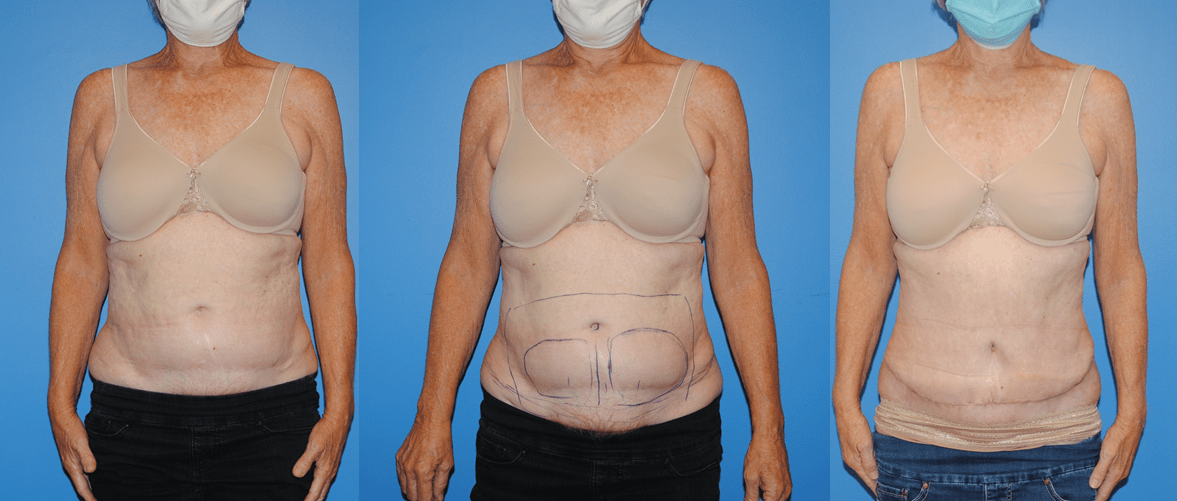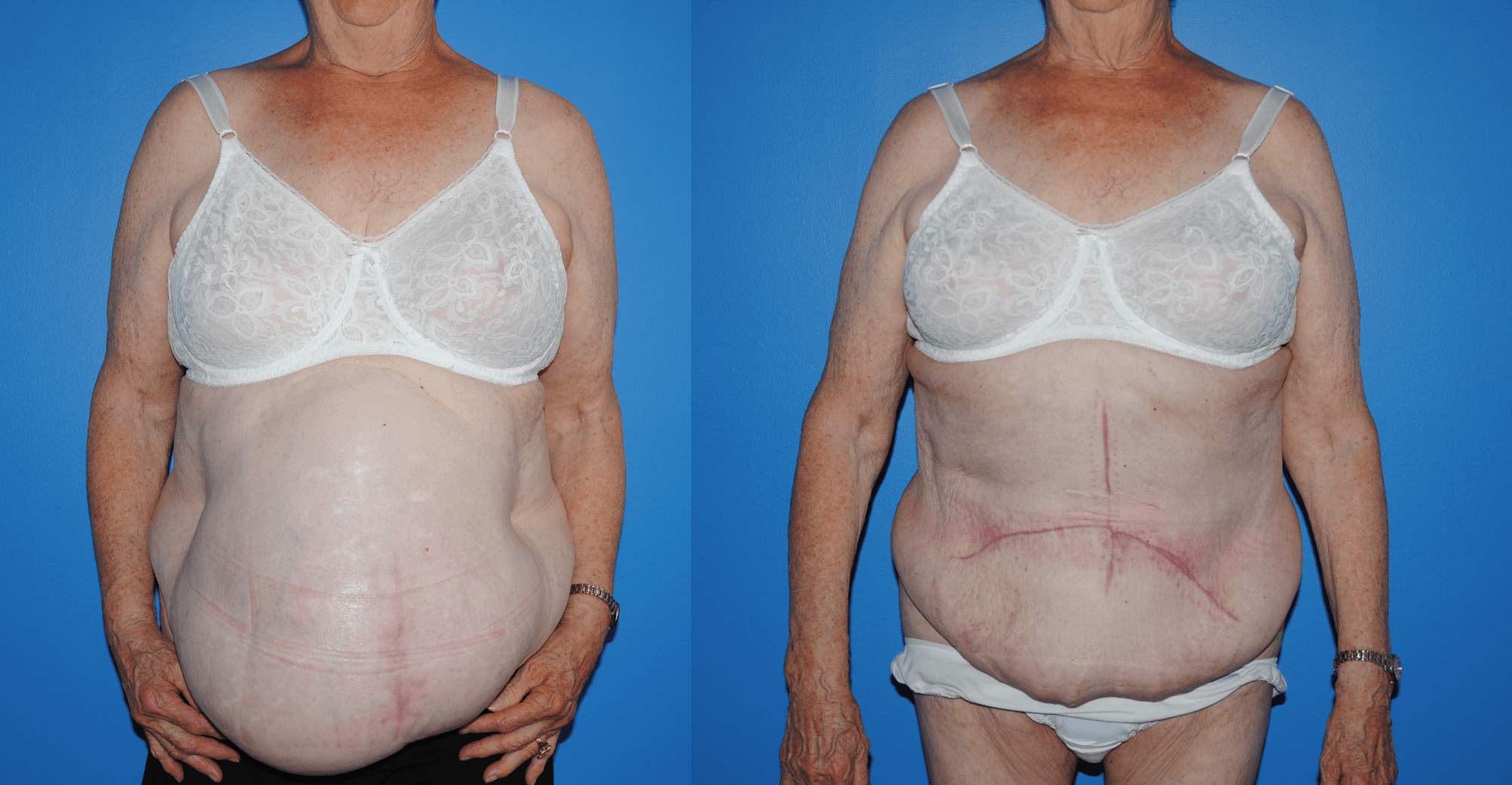A hernia operation might feel overwhelming in this tornado of responsibilities. For a single mother, however, knowing the value of hernia surgery and the process of getting well afterward may make all the difference in the world. This article explains why a hernia operation is necessary and offers advice for how a single mother might handle the recuperation period without…

There are many patients who have undergone previous surgeries and who have complex abdominal wall hernias. Often these hernias have had previous mesh placement or previous infections. When these hernias occur after a repair, they are called recurrent abdominal wall hernias. Repairing these hernias often requires removal of the previous mesh, placing a new biological mesh, and then releasing some…

Abdominal wall hernias can occur as a congenital deformity of the abdominal wall or as a result of a previous surgery. There are many techniques used to reconstruct abdominal wall hernias as well as there are many techniques to improve the appearance of the abdominal wall. In abdominal wall reconstruction, Strattice acelluar dermal matrix is used to share the load…

Abdominal wall reconstruction and hernia repair is a rewarding operation for patients and physicians. The lower abdomen is a common place for hernia recurrence or bulge recurrence as there is a significant amount of tension placed on the lower abdominal core. Restoration of a functional abdominal wall allows not only for improved contour, but a better functioning abdomen. These operations…

Abdominal wall reconstruction aims to restore the functional abdominal anatomy that often gets disrupted from a ventral or incisional hernia. The satisfaction rate is high following successful abdominal wall reconstruction.

Abdominal wall reconstruction and hernia repair are common procedures. Patients who have hernias from prior procedures or from genetic defects in the abdominal wall typically have high satisfaction rates with their reconstruction. Not only can the abdominal wall reconstruction improve pain associated with a hernia, it also improved the abdominal contour. After the intestines are returned to the abdominal wall,…

Abdominal wall reconstruction can be rewarding surgery for both the physician and the patient. Previous or multiple abdominal surgeries as well as radiation can effect wound healing on the abdominal wall following repair. Larger hernias can allow a significant portion of the small intestines and possibly the large intestine to herniate through the abdominal wall and into the underlying skin.…

Abdominal wall reconstruction procedures are common. Abdominal wall hernias can occur after abdominal procedures. The components of the abdominal wall can be separated and biologic mesh can be used as a load sharing principle to repair the hernia. Protein intake is important before surgery and after surgery to prevent seroma formation post-surgery. We instruct many of our patients to eat…

Ventral hernias can occur after previous abdominal surgery. Hernias can often occur from the presence of medical or surgical comorbidities. One of the most important factors that can be readily controlled is protein intake. We often tell patients that protein intake should be increased to 1-2 grams per kg of body weight so that patients have adequate protein stores to…

Hernia repairs are common. Larger hernias often require the repositioning of the rectus abdominus muscles to place the muscles back into anatomic position. When the rectus muscles are relocated this can often prevent the use of mesh to repair the hernia. In some cases mesh is necessary in addition to repositioning of the abdominal musculature. In patients with previous abdominal…
